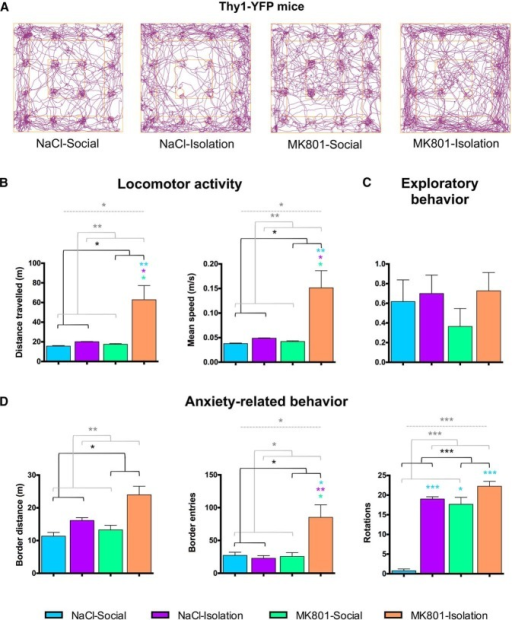

Photocells below the surface of the holes measured the number of head-dips. The hole-board apparatus (Ugo Basile, Varese, Italy) consisted of gray Perspex panels (40 x 40 cm, 2.2 cm thick) with 16 equidistant holes 3 cm in diameter in the floor. Diazepam at a concentration of 0.5 mg/kg was suspended in 10% (v/v) or 30% (v/v) PPG. Vehicle concentration is reported as percent in 0.9% NaCl (saline). Diazepam and PPG were acquired from Sigma Chemical Co., St.
#Hole board test free#
Animals were maintained in our own animal facilities in a controlled environment (22 ± 1 oC, 12-h light/dark cycle, free access to food (Nuvilab CR1) and water) up to 10 weeks old (25-40 g). The purpose of the present paper is to report the effects of PPG in the hole-board model, as a cautionary note about the use of PPG as solvent in this model.Įxperiments were performed with male adult (CF1) mice received from Fundação Estadual de Experimentação e Produção da Saúde immediately after weaning (21 days). The hole-board has gained popularity as a model of anxiety, offering "a simple method for measuring the response of an animal to an unfamiliar environment, with advantages that several behaviors can be readily observed and quantified in this test" (4). These data provide evidence for the anxiolytic properties of this alcohol.

An increase in the number of open arm entries and head-dips in male mice that received PPG at doses of 27 to 41 mmol/kg ( po) (approximately 20 to 30%) in the elevated plus-maze test has been recently reported (3). While clonazepam dissolved in PPG did not significantly protect cats from high-pressure oxygen-induced convulsions, PPG alone at doses of 0.1-0.2 ml/kg ( po) did offer significant protection (2). However, these effects were found to be negligible at lower concentrations (10 to 20%) (1). PPG ( ip) at concentrations of 50 to 100% produced a moderate to marked decrease in spontaneous motor activity, body and limb tone, and respiration moreover, 60% of the animals showed ptosis and ataxia. Indications that PPG is active in the central nervous system have been reported. ® (Novaquímica), Contaz (Cristália), Diazepam (Eurofarma), Diazepam (União Química), Diazepam (Vital Brazil), and Somaplus (Cazi)). PPG is also often used as excipient in injectable formulations including anxiolytics (e.g., in Brazil, Diazepam N.Q. Among solvents, propylene glycol (PPG) is fairly commonly used in experimental pharmacology and toxicology. Solvents are frequently used as vehicles for experimental drugs and/or plant extracts that cannot be dissolved in water or saline. Key words: screening, anxiolytic drugs, propylene glycol, Diazepam, solvents, hole-board These results demonstrate that 30% propylene glycol has significant anxiolytic effects in this model and therefore cannot be used as an innocuous solvent. However, 30% propylene glycol induced an increase in the number of head-dips (46.92 ± 2.37 compared to 33.83 ± 4.39, P<0.05, ANOVA/Student-Newman-Keuls), an effect comparable to that obtained with 0.5 mg/kg diazepam (from 33.83 ± 4.39 to 54 ± 3.8, P<0.01, ANOVA/Student-Newman-Keuls). In this study we found that in the hole-board test 10% propylene glycol did not modify the head-dipping behavior. Nevertheless, there is evidence for psychoactive properties of this alcohol. Experimental drugs and/or plant extracts are often dissolved in solvents, including propylene glycol.


 0 kommentar(er)
0 kommentar(er)
